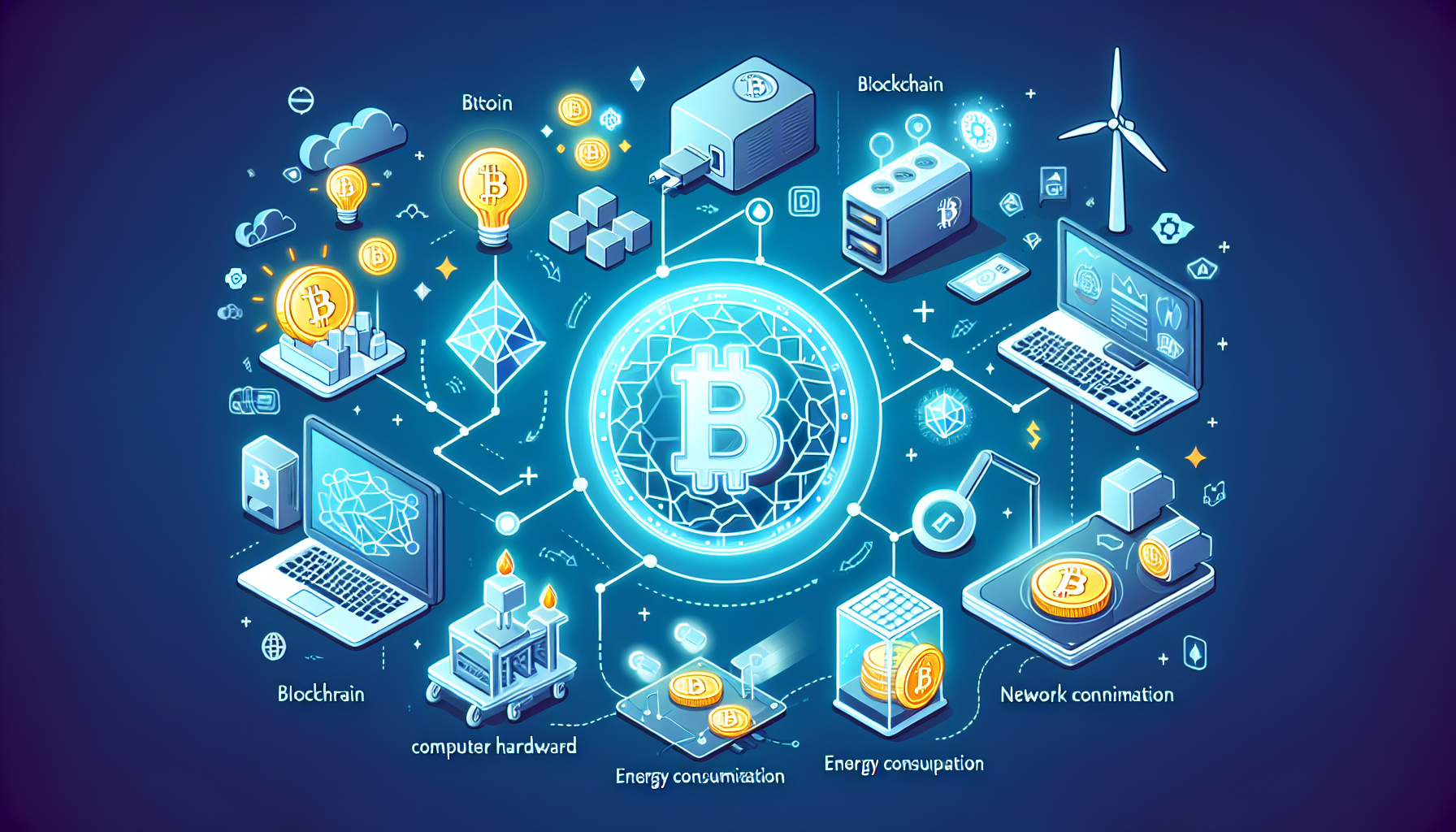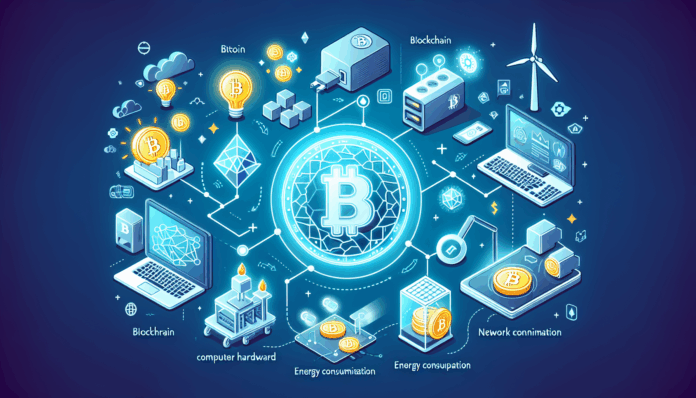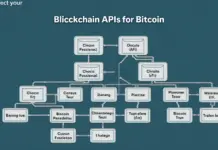Introduction
Did you know that over 200 million people are involved in Bitcoin mining today, yet only a fraction understand the process behind it? As cryptocurrency continues to dominate financial discussions, grasping the intricacies of Bitcoin mining is crucial for anyone interested in digital currency investment. In this guide, we dive deep into the world of Bitcoin mining, explained step by step.
What Is Bitcoin Mining?
At its core, Bitcoin mining is the process of validating transactions on the Bitcoin network and adding them to the blockchain. This process not only secures the network but also rewards miners with newly minted Bitcoin and transaction fees. Imagine it as a digital treasure hunt where miners race to solve complex puzzles to unlock rewards.
Why Is Bitcoin Mining Important?
Bitcoin mining plays a crucial role in maintaining the decentralized nature of the cryptocurrency. It allows for:

- Transaction verification: Miners check and confirm transactions before they are added to the blockchain.
- Network security: More miners mean more computing power, making it difficult for malicious actors to take over the network.
- New Bitcoin generation: Mining introduces new Bitcoins into the ecosystem, ensuring a steady supply.
How Does Bitcoin Mining Work?
Let’s break down the process into easy-to-understand steps that even a newbie can grasp:
- Gathering Transactions: Miners collect pending transactions from the Bitcoin network.
- Creating a Block: Transactions are grouped into a block. This block contains important information like a reference to the previous block, timestamp, and the transaction data.
- Solving the Puzzle: Miners compete to solve a cryptographic puzzle through a process called Proof of Work. The first miner to solve the puzzle gets to add the block to the blockchain.
- Adding the Block: Once solved, the block is added to the blockchain, and the miner is rewarded with Bitcoins and transaction fees.
What Equipment Do You Need for Bitcoin Mining?
To get started with Bitcoin mining, you need some basic equipment:
- Mining Hardware: ASIC miners are the most efficient hardware for Bitcoin mining.
- Software: You’ll need mining software that’s compatible with your hardware, such as CGMiner or BFGMiner.
- Wallet: A secure digital wallet is essential to store your earned Bitcoins safely.
Risks and Considerations
While Bitcoin mining can be profitable, it’s not without risks:
- High Energy Costs: Mining consumes significant amounts of electricity, which can lead to higher operational costs.
- Regulatory Changes: Cryptocurrency regulations are continually evolving. It’s essential to stay informed about local laws regarding mining.
- Market Volatility: The value of Bitcoin can fluctuate significantly, impacting the profitability of mining activities.
Conclusion
Understanding Bitcoin mining is vital for any aspiring cryptocurrency investor. As the landscape continues to evolve, staying informed and equipped with the right tools can make a significant difference. If you’re curious about safe storage options for your newly mined Bitcoins, check out our guide on how to safely store cryptocurrency. Ready to start your mining journey? Grab your hardware and dive in!
Disclaimer: This article does not constitute investment advice. Consult with local regulatory authorities before engaging in mining activities.

Author: Dr. Jennifer Kline, Cryptocurrency Researcher with over 20 published papers in blockchain technology, and a leading auditor for several major cryptocurrency projects.




